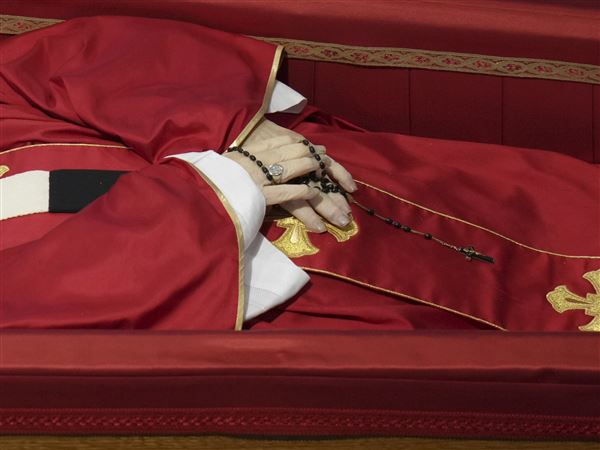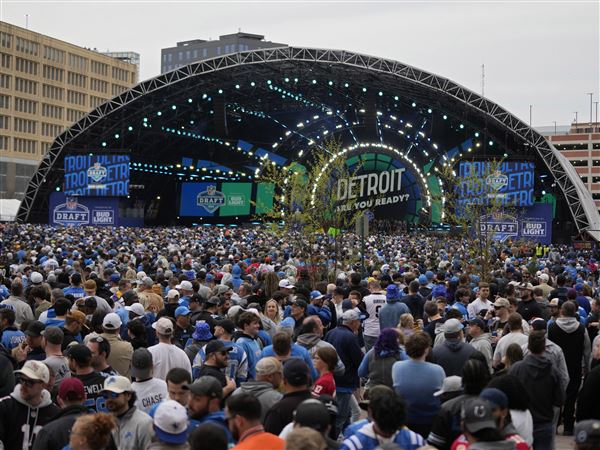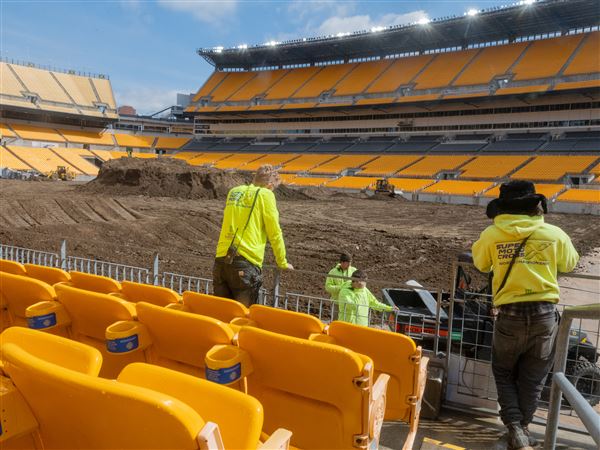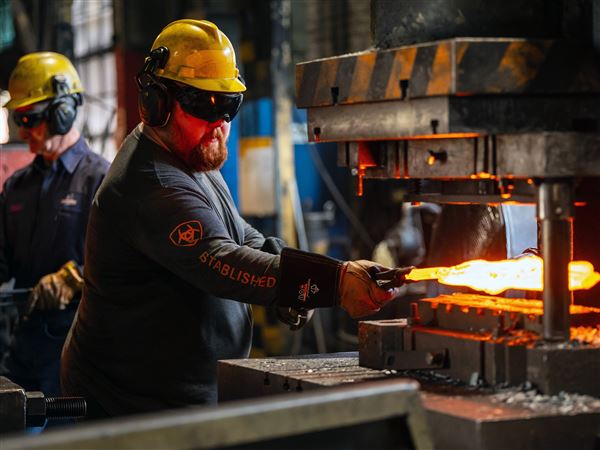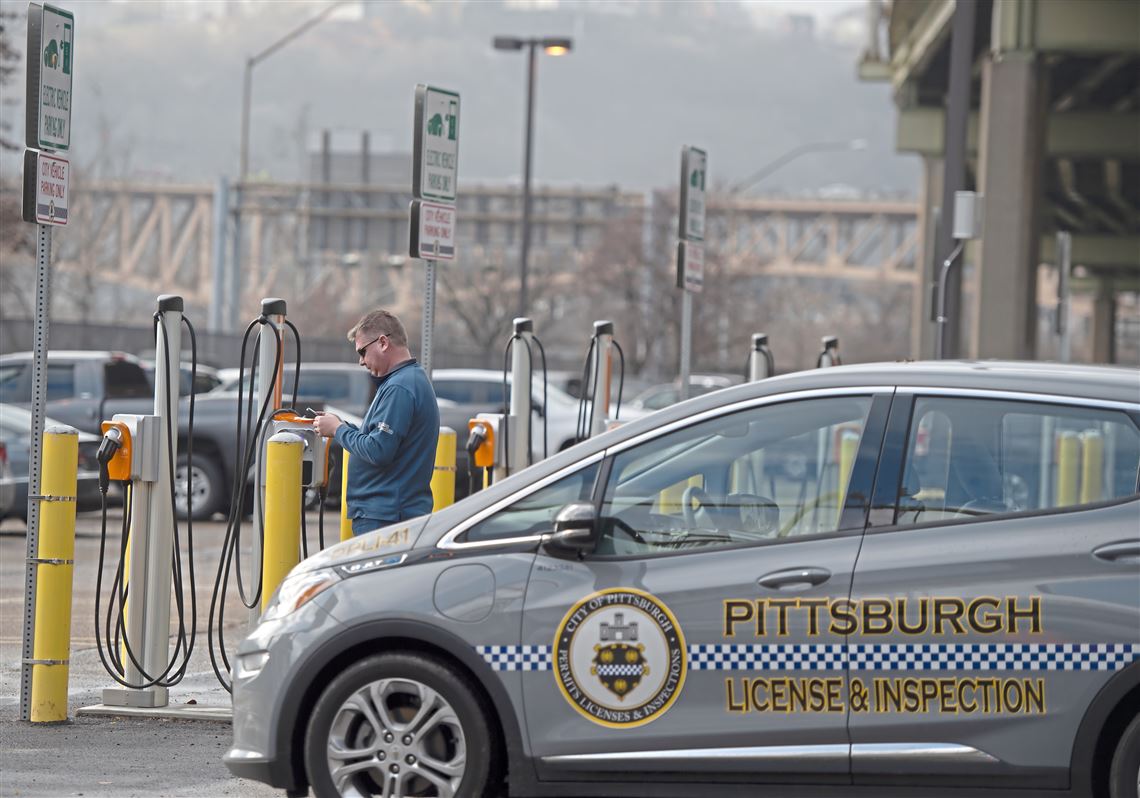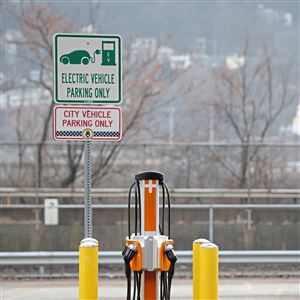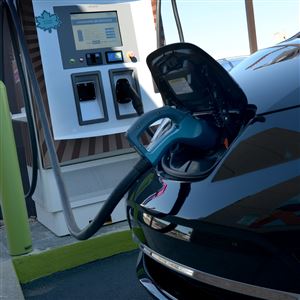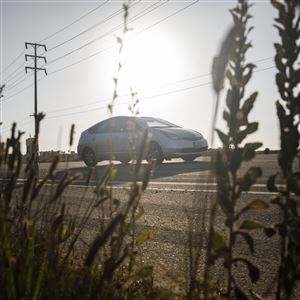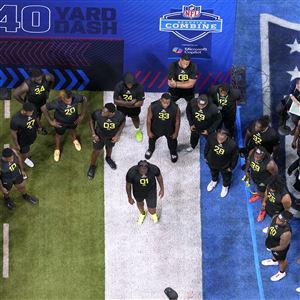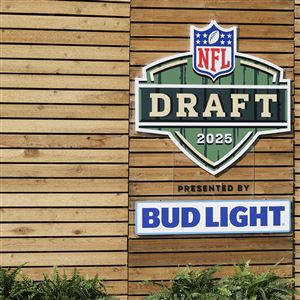Pennsylvania is eligible for $25 million to build out a network of electric vehicle charging stations along major highways this fiscal year, the U.S. Departments of Transportation and Energy announced on Thursday.
The state allocation is part of a $5 billion program in the federal infrastructure law that President Joe Biden signed in November.
Over five years, the program is expected to send $171.5 million to Pennsylvania to install rapid charging ports, with the goal of creating a seamless, publicly accessible charging network along interstates to serve drivers taking long trips.
The buildout will complement the 122 public fast-charging stations with 512 plugs that already exist in Pennsylvania, according to the energy department’s Alternative Fuels Data Center.
Widespread fast-charging infrastructure is a crucial hurdle in the transition to electric vehicles. While most charging of private vehicles happens at home or work, drivers need the ability to charge up relatively quickly on long-distance trips. A direct current fast charger can deliver 100 to 250 miles of range in a half-hour.
Pennsylvania’s environment and transportation departments have been working since 2016 to establish interstates as electric vehicle “ready” — meaning public fast chargers are placed less than 50 miles apart and within 5 miles of highway exits.
So far in Southwestern Pennsylvania, portions of interstates 70, 76, 79, and 376 are designated as electric vehicle ready.
Across the state, about 690 interstate miles are in ready status and 1,050 interstate miles are considered pending, where fast chargers are still separated by more than 50 miles, according to the Pennsylvania Department of Transportation.
In guidance released Thursday, the federal transportation department said for a state’s electric vehicle corridors to be considered “fully built out,” there must be a fast charger installed every 50 miles along its stretches of interstate and within one mile of the highway. Each charger must have four ports so four vehicles can be charged simultaneously.
Pennsylvania will have to submit a plan for the funds by this summer and receive approval before the federal government will distribute them. The federal share will cover 80% of the costs of the projects, with a state or private match covering the other 20%.
The infrastructure law contains other measures designed to accelerate the shift to electric vehicles. Pennsylvania communities also will be able to compete for a share of $2.5 billion for electric and alternative vehicle fueling through a separate grant program in the law that aims to address gaps in both highway corridor and community charging. That program has a focus on serving rural and disadvantaged communities.
The transportation sector is the largest source of greenhouse gas emissions in the U.S. and the second-largest in Pennsylvania.
According to Pennsylvania’s 2021 Climate Action Plan, if 70% of the state’s light-duty vehicle sales in 2050 are electric, it will reduce emissions by nearly 24 million metric tons of carbon dioxide a year compared to business as usual. That would take the state one-seventh of the way to its goal of cutting greenhouse gas emissions 80% by 2050.
Laura Legere: llegere@post-gazette.com.
First Published: February 10, 2022, 7:08 p.m.

